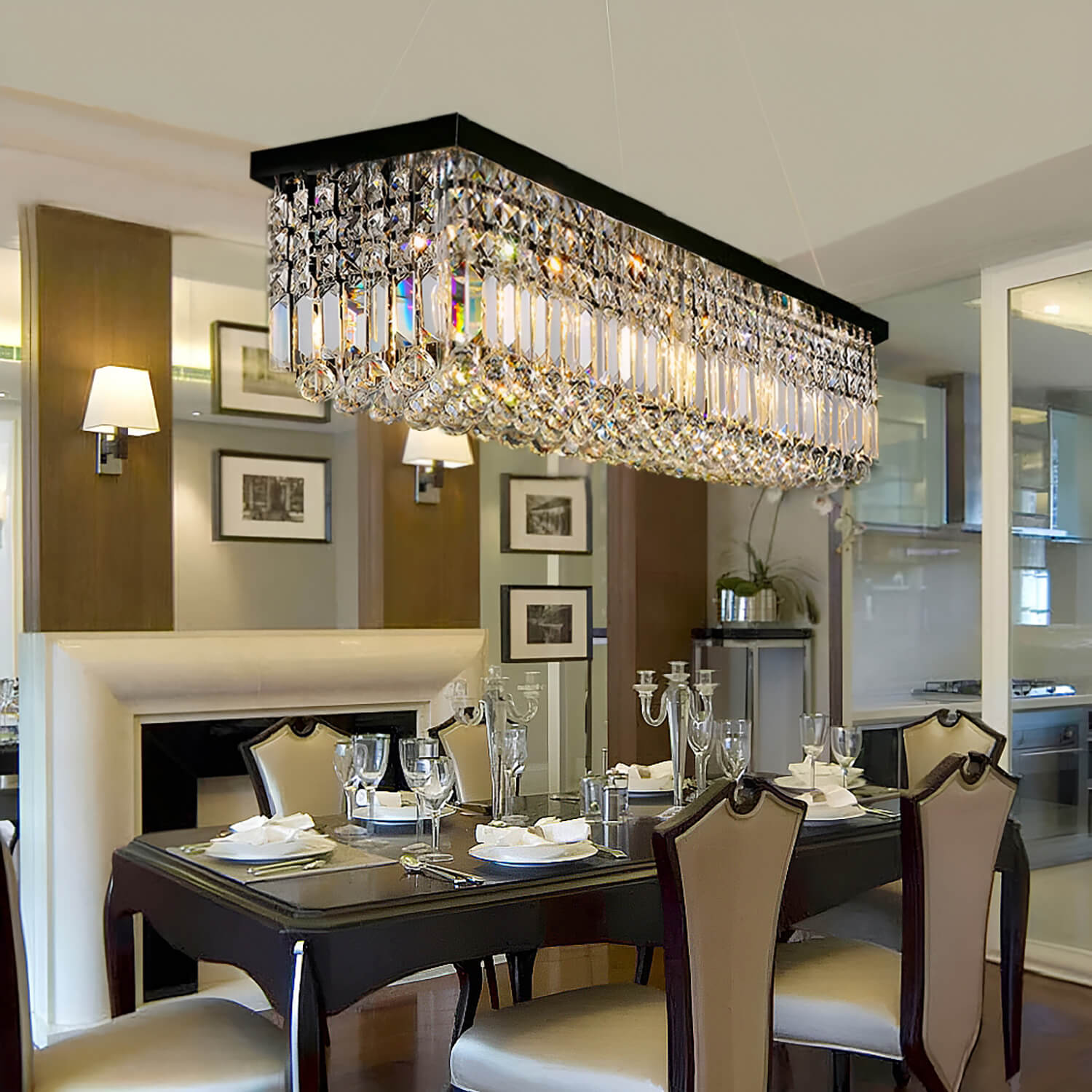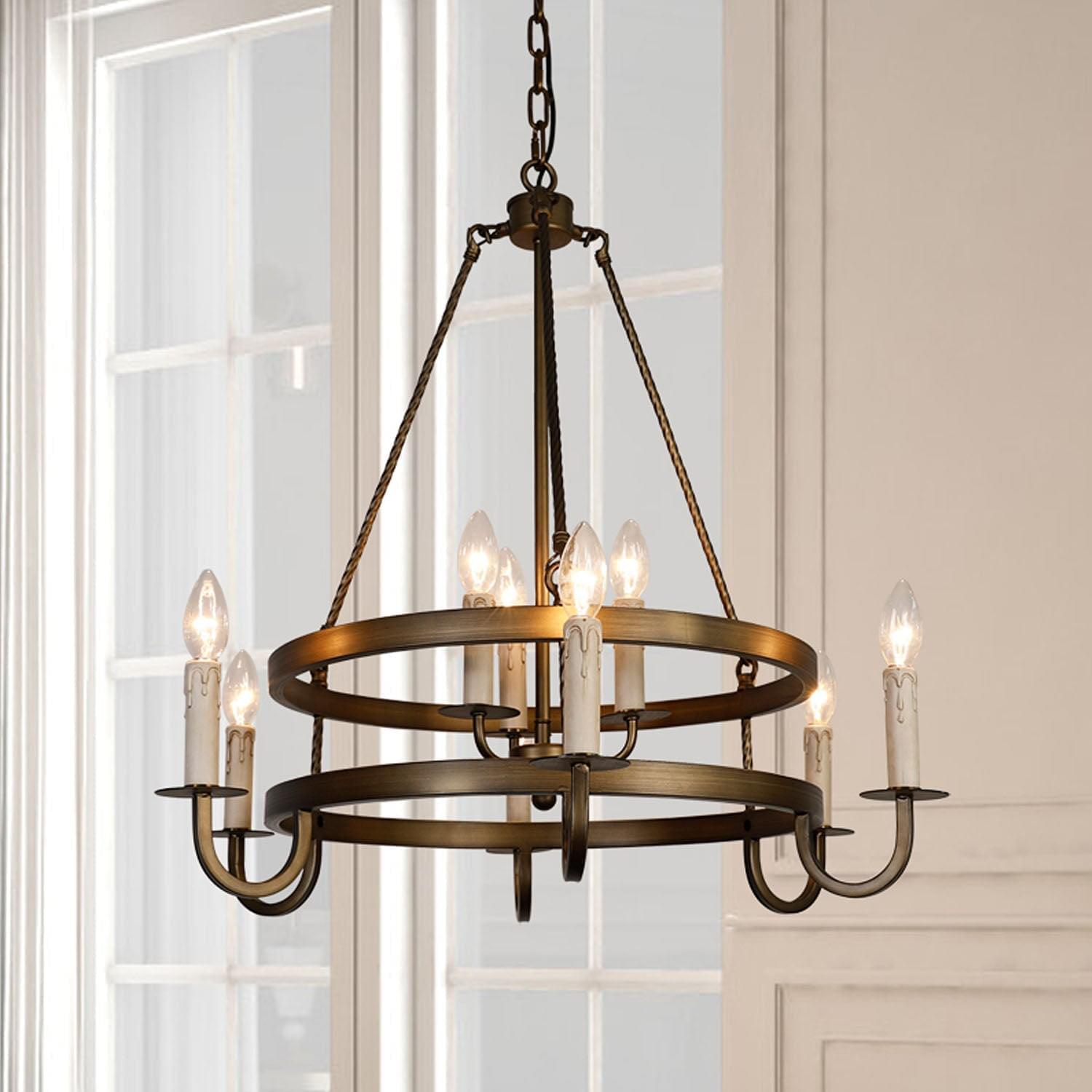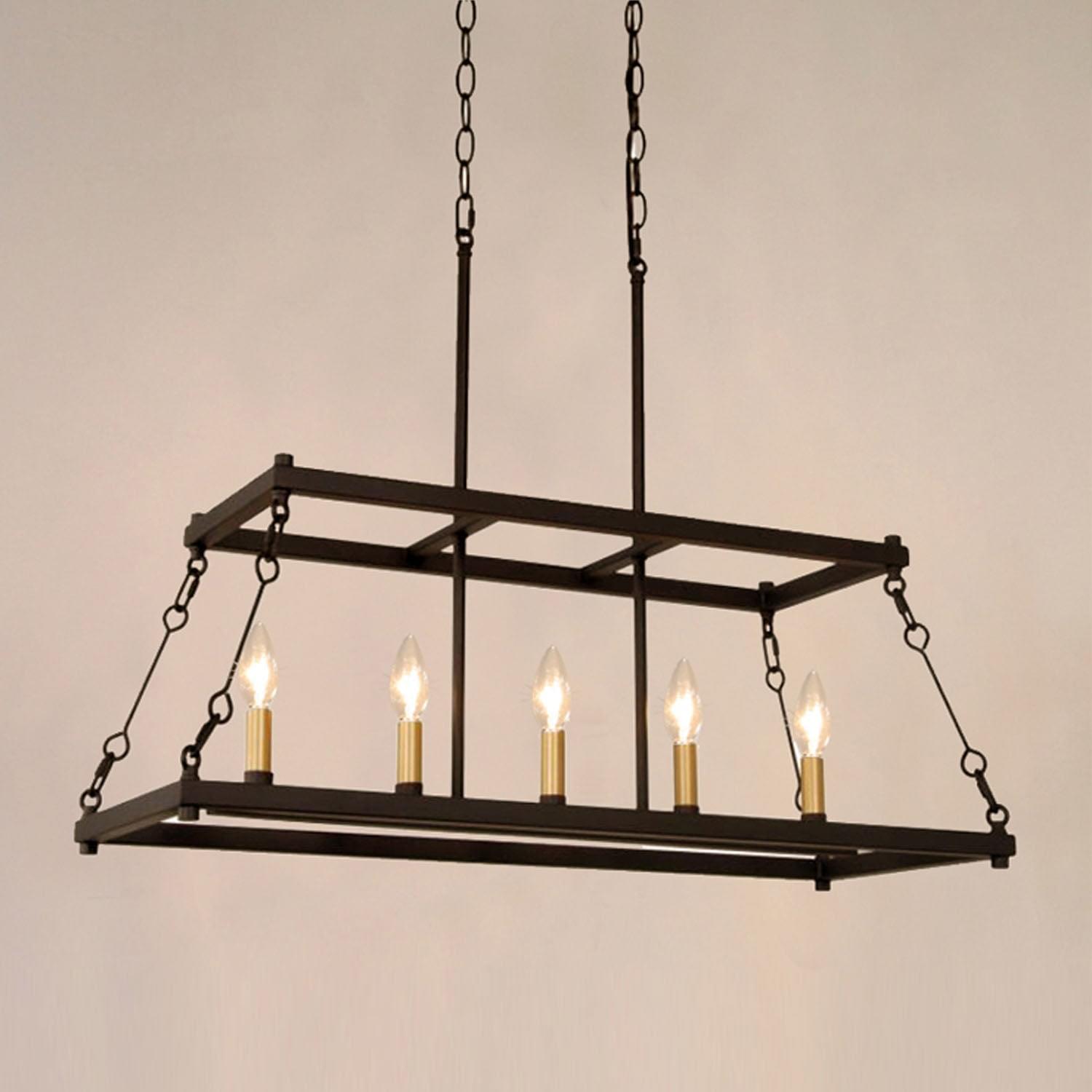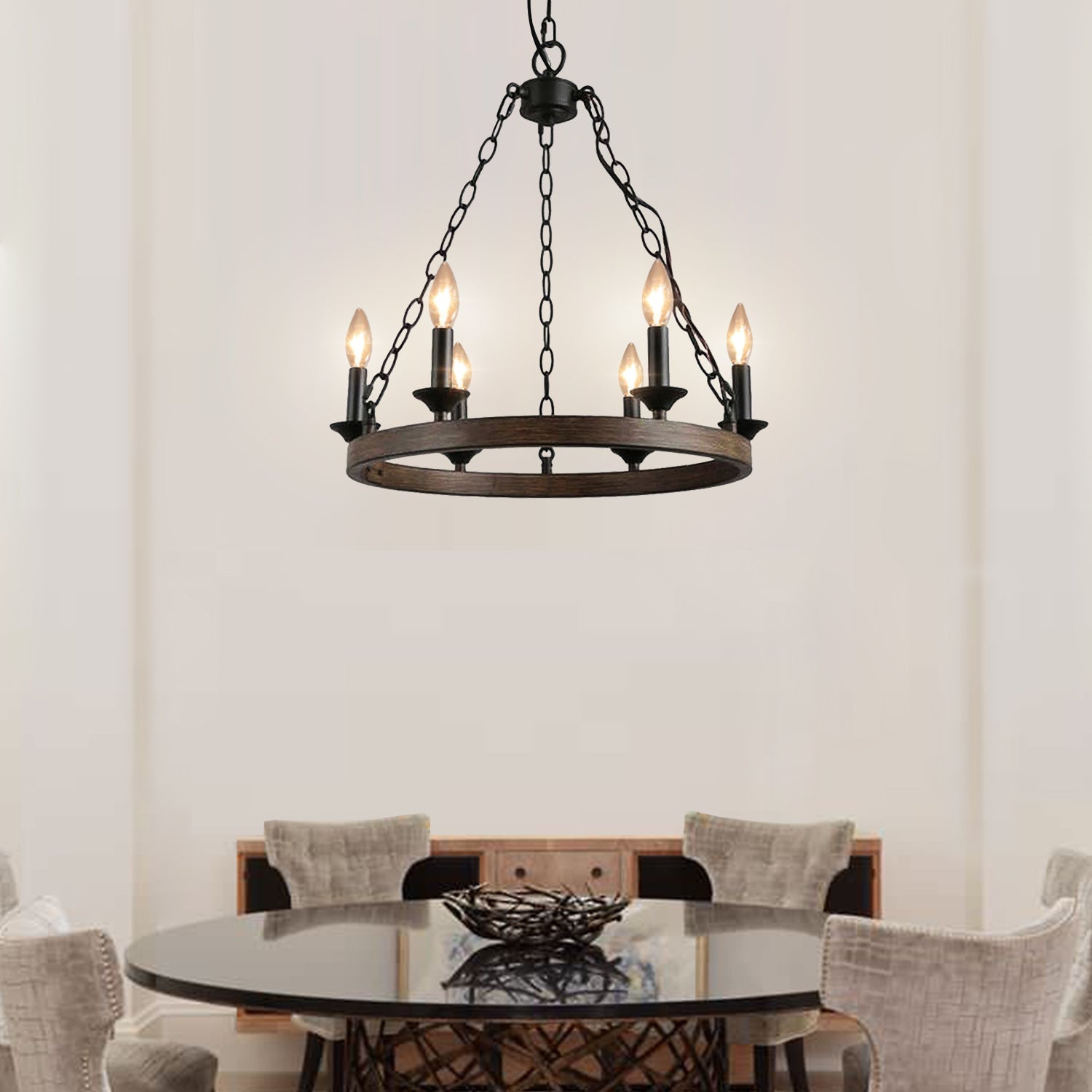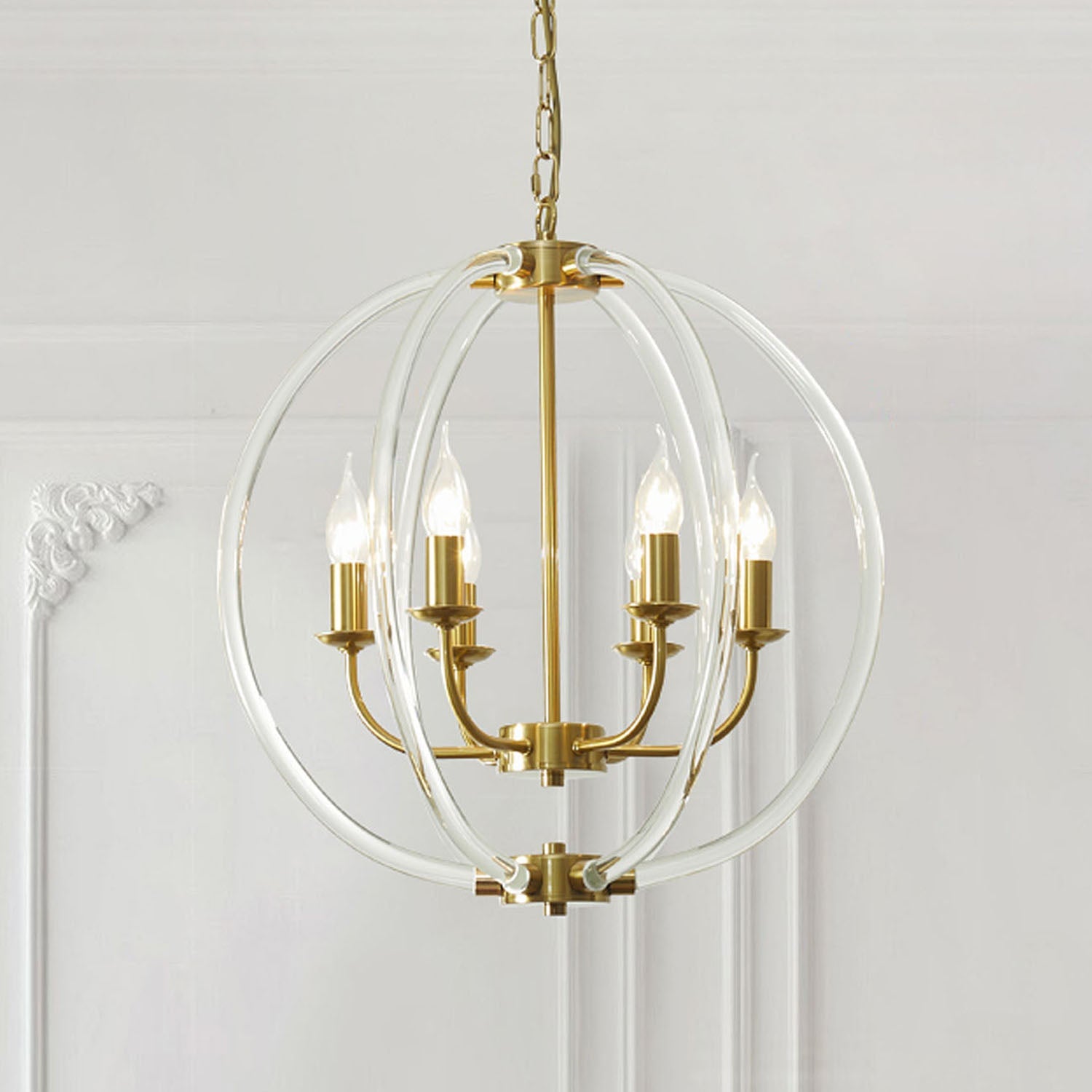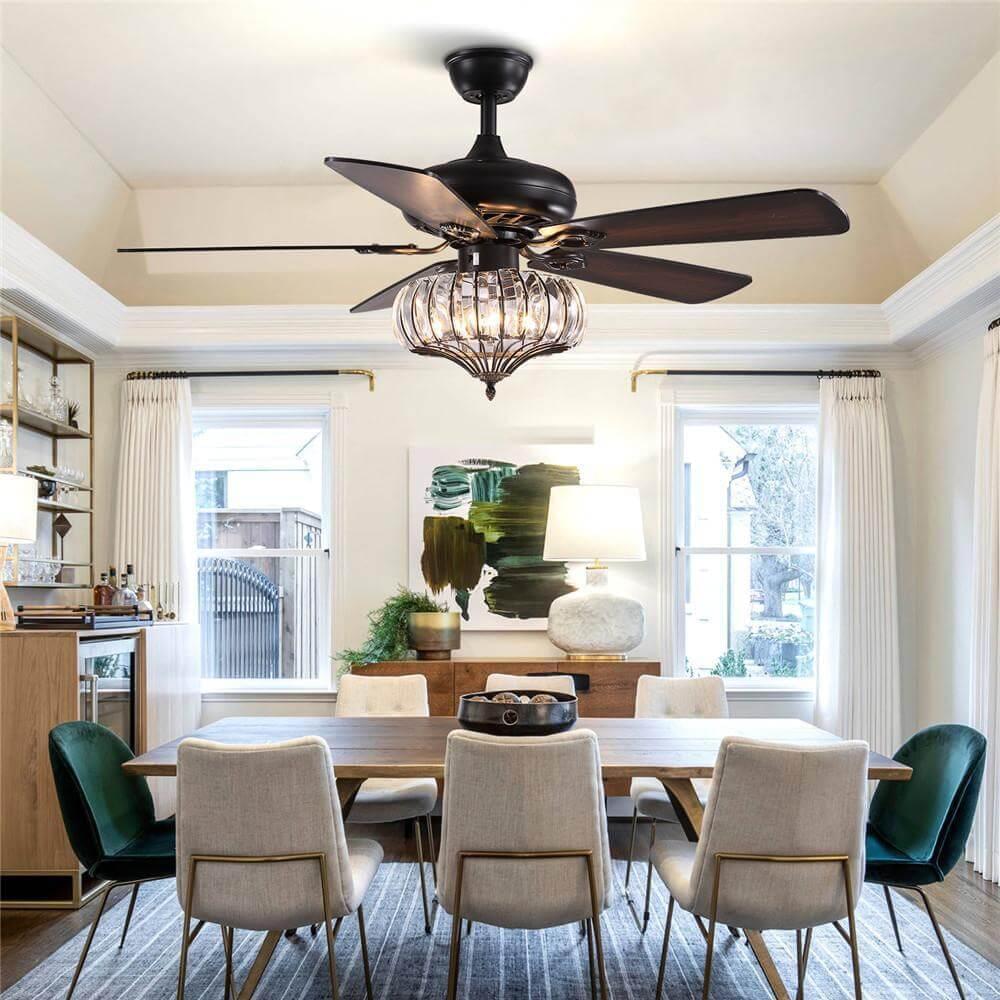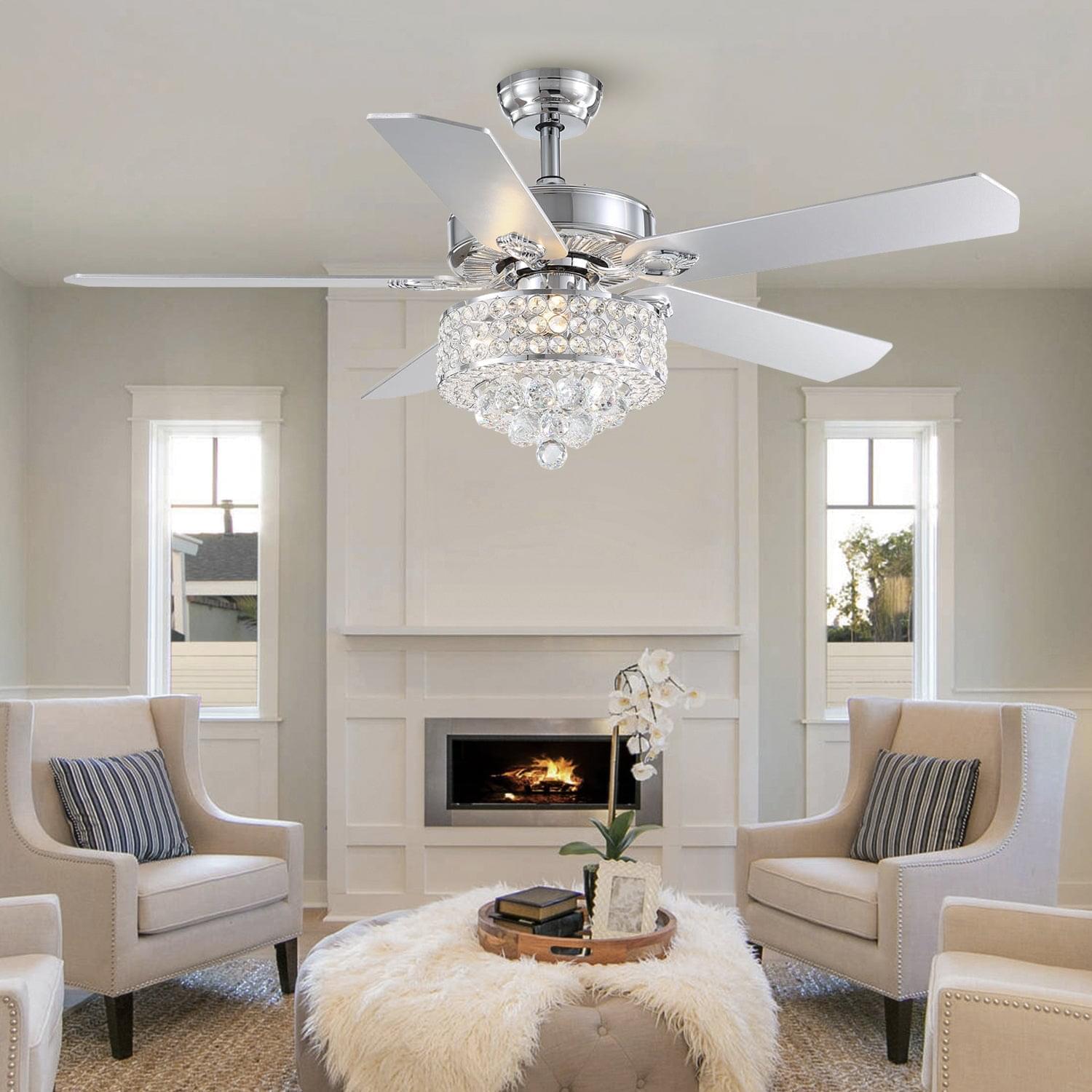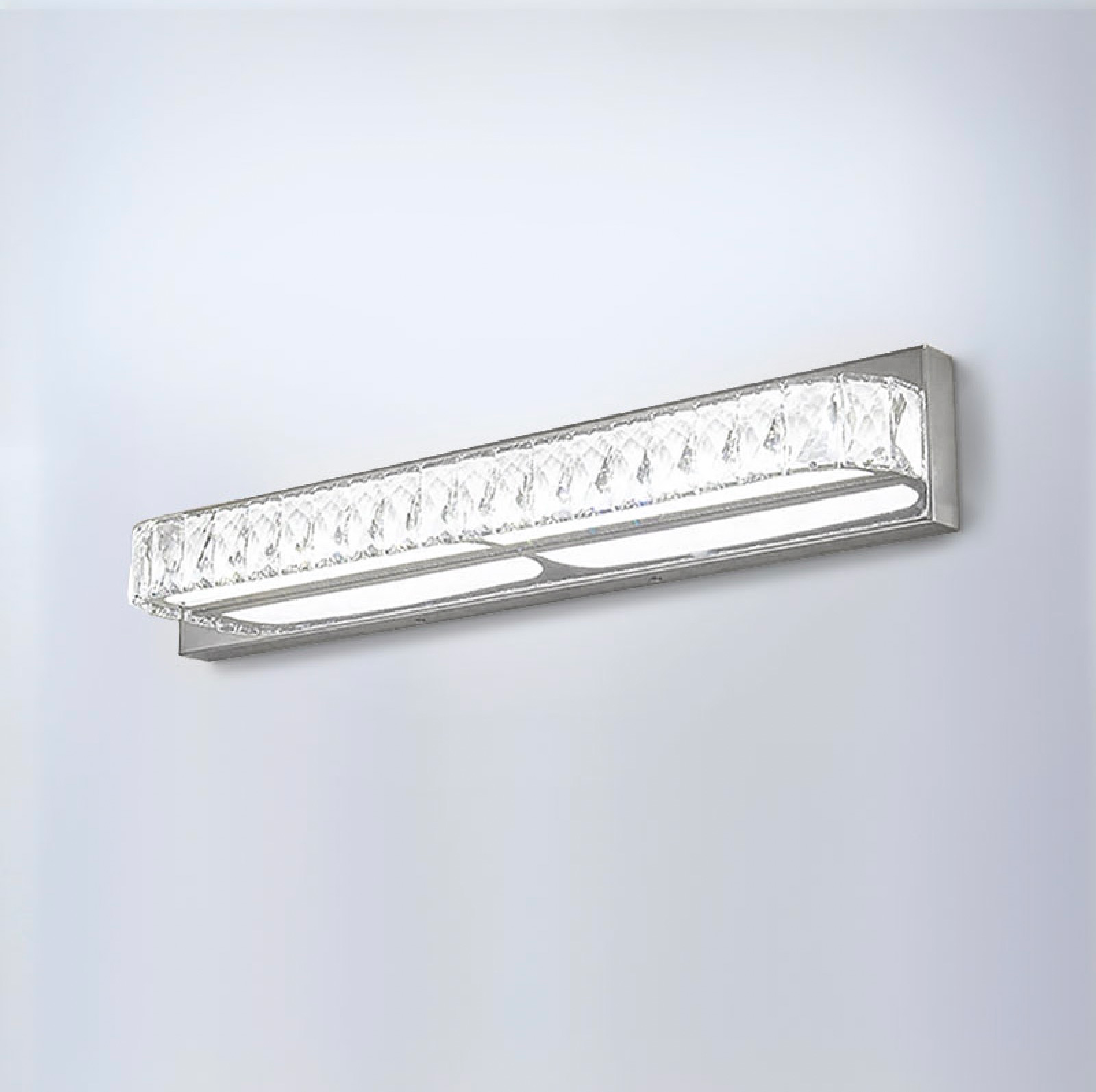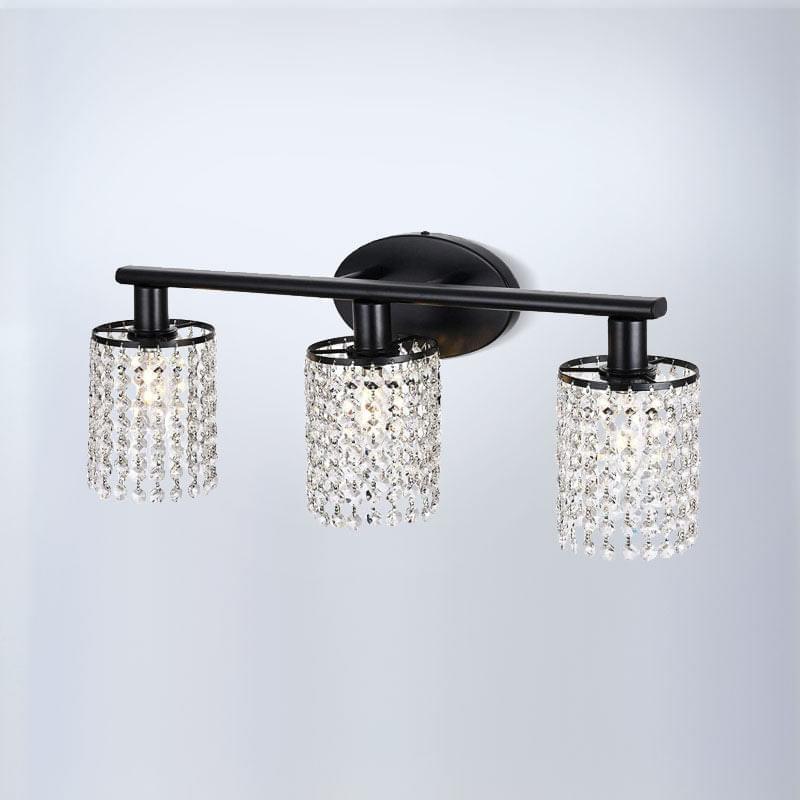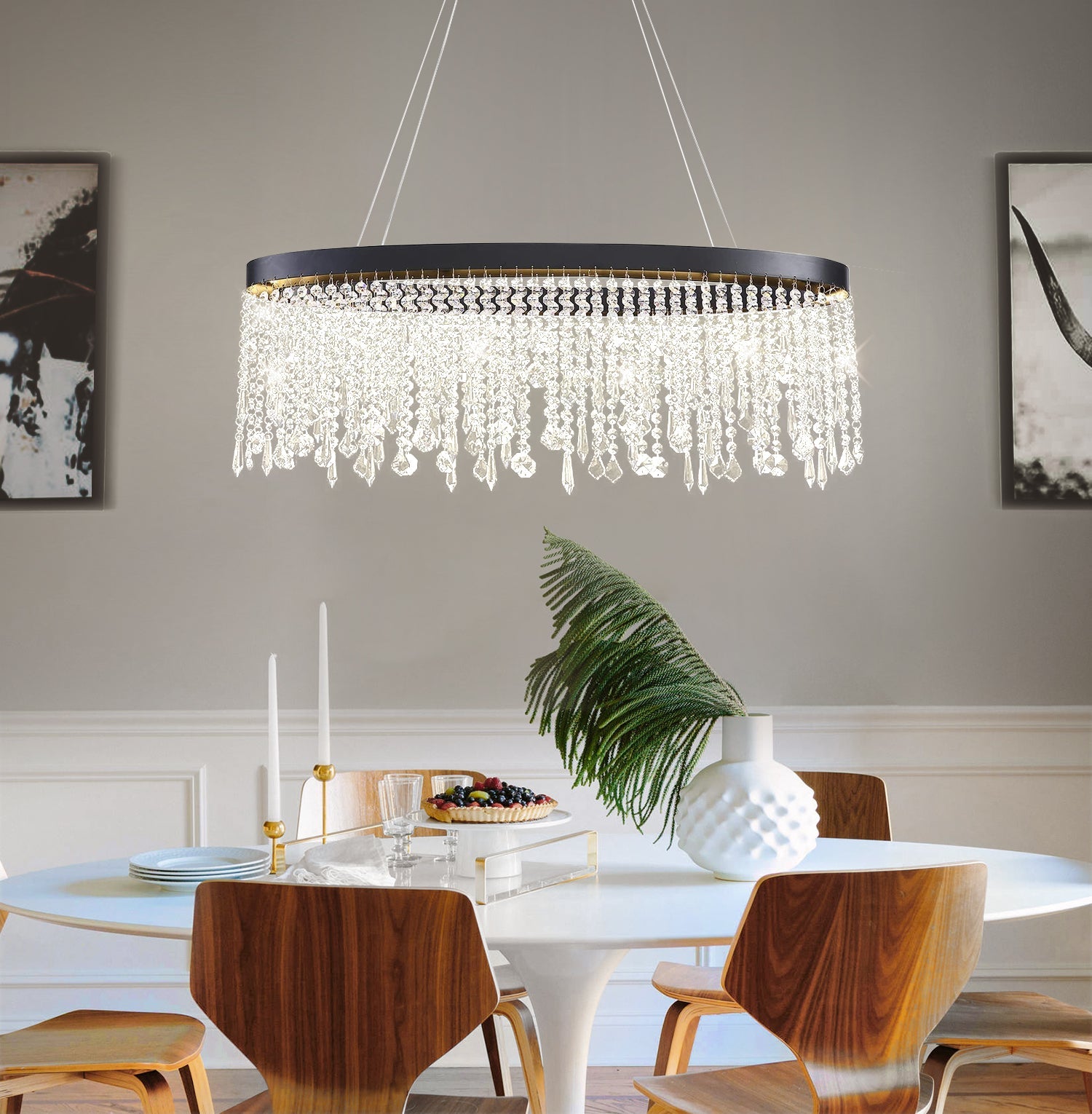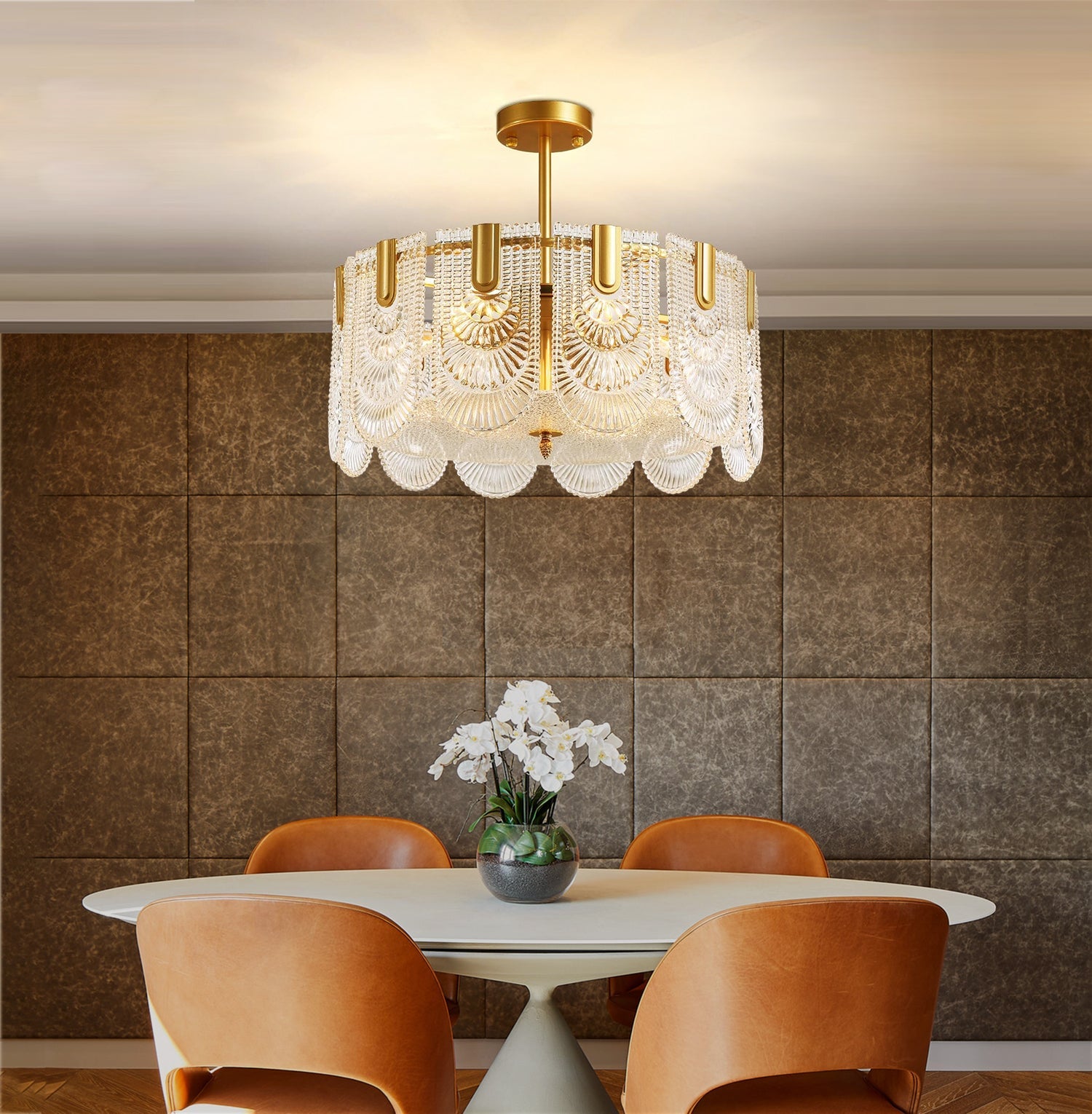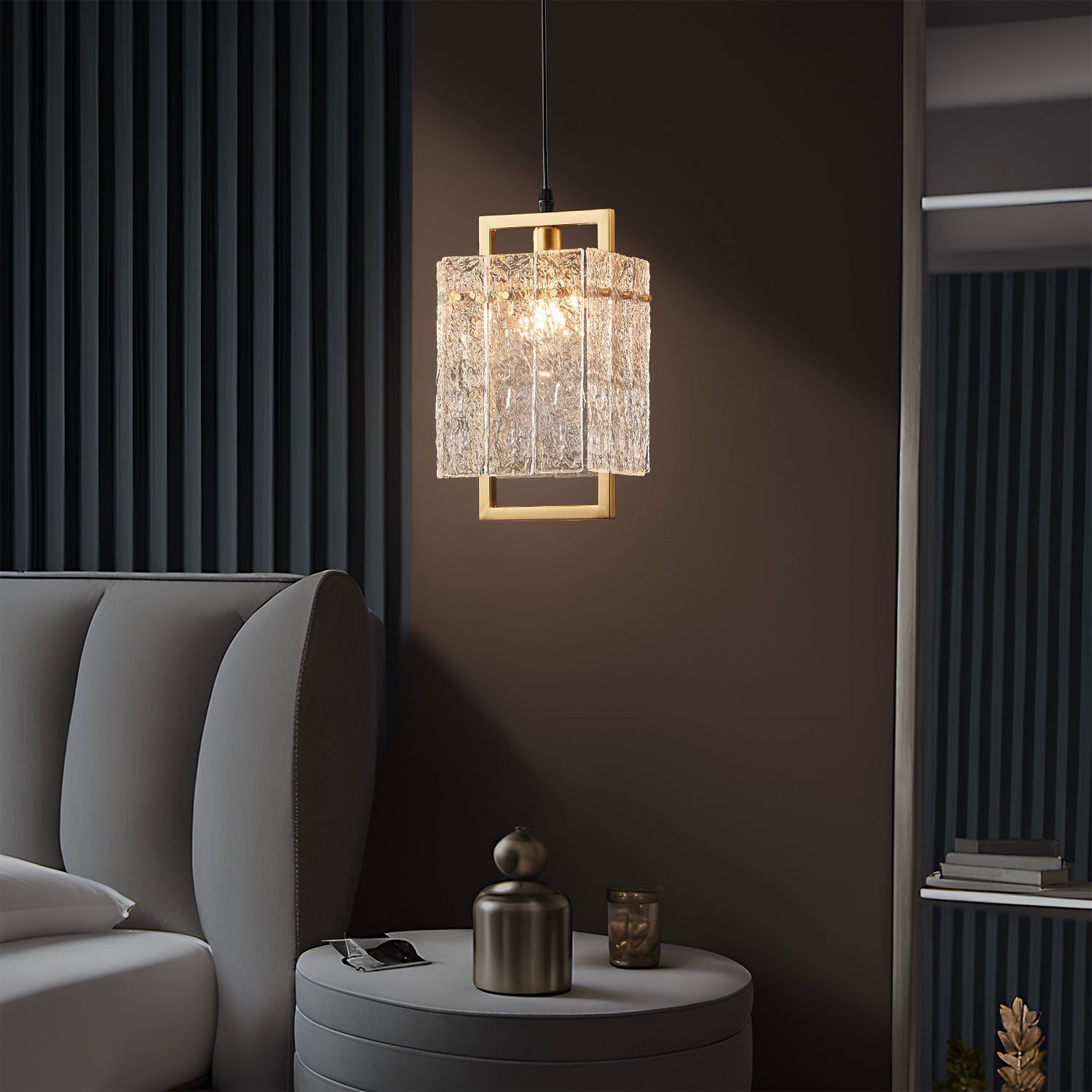Imagine upgrading your bathroom into a space that feels futuristic yet practical. Smart toilets are revolutionizing how you think about hygiene and comfort. These innovative fixtures not only offer features like automatic flushing and heated seats but also help save water and reduce the need for toilet paper. With the market projected to grow to $9 billion by 2033, smart toilets are becoming a staple in modern homes and high-end venues. They’re more than a luxury—they’re a smart investment for long-term savings and sustainability.
Key Takeaways
Smart toilets help keep bathrooms clean with auto-flushing and bidets. These features lower the chance of spreading germs.
They use less water, only 1.6 gallons per flush. Regular toilets can use up to 7 gallons.
Heated seats and adjustable settings make smart toilets more comfy. They turn your bathroom into a cozy place.
Self-cleaning toilets stay clean with little work. UV light and special water clean them well.
You can control smart toilets with apps or voice commands. This makes daily tasks easier and faster.
Understanding Smart Toilets
What Is a Smart Toilet?
A smart toilet is more than just a bathroom fixture. It’s a high-tech device designed to make your bathroom experience more hygienic, comfortable, and efficient. These toilets come with advanced features that cater to modern needs. From built-in bidets to heated seats, they offer a level of convenience that traditional toilets simply can’t match.
Here’s a quick look at some of the standout features:
Feature |
Description |
|---|---|
Built-in Bidets |
Provides cleansing functionality beyond traditional toilets. |
Heated Seats |
Enhances comfort for users, especially in colder climates. |
Automated Lid Opening |
Offers convenience by automatically opening and closing the lid. |
Personalized Settings |
Allows users to customize their toilet experience based on individual preferences. |
Health Monitoring Sensors |
Can detect health indicators such as glucose levels or blood pressure. |
Water-saving Technologies |
Incorporates advanced methods to reduce water usage while maintaining performance. |
IoT Connectivity |
Connects with other smart devices, enhancing the overall smart home experience. |
These features make smart toilets a popular choice for tech-savvy homeowners. As technology advances, you can expect even more innovative options, like health monitoring and personalized settings, to become standard.
How Smart Toilets Work
Smart toilets combine mechanical and electronic processes to deliver a seamless experience. They’re designed to handle everything from flushing to self-cleaning with minimal effort on your part.
Here’s how they operate:
Mechanical Process |
Description |
|---|---|
Ensures effective flushing by managing water flow efficiently. |
|
Integrated pump systems |
Enhances water flow, especially in low-pressure areas, ensuring effective flushing. |
Circuit board controls |
Manages all operations, ensuring that each component functions correctly. |
Electronic Process |
Description |
|---|---|
Circuit board management |
Oversees all operations of the toilet system, ensuring smooth and effective functioning. |
Component connections |
Ensures that all parts of the toilet work together seamlessly when required. |
These processes work together to create a user-friendly experience. For example, the circuit board ensures that the lid opens automatically when you approach, while the flushing mechanism uses just the right amount of water to clean the bowl. It’s all about making your life easier while promoting sustainability.
Features of Smart Toilets
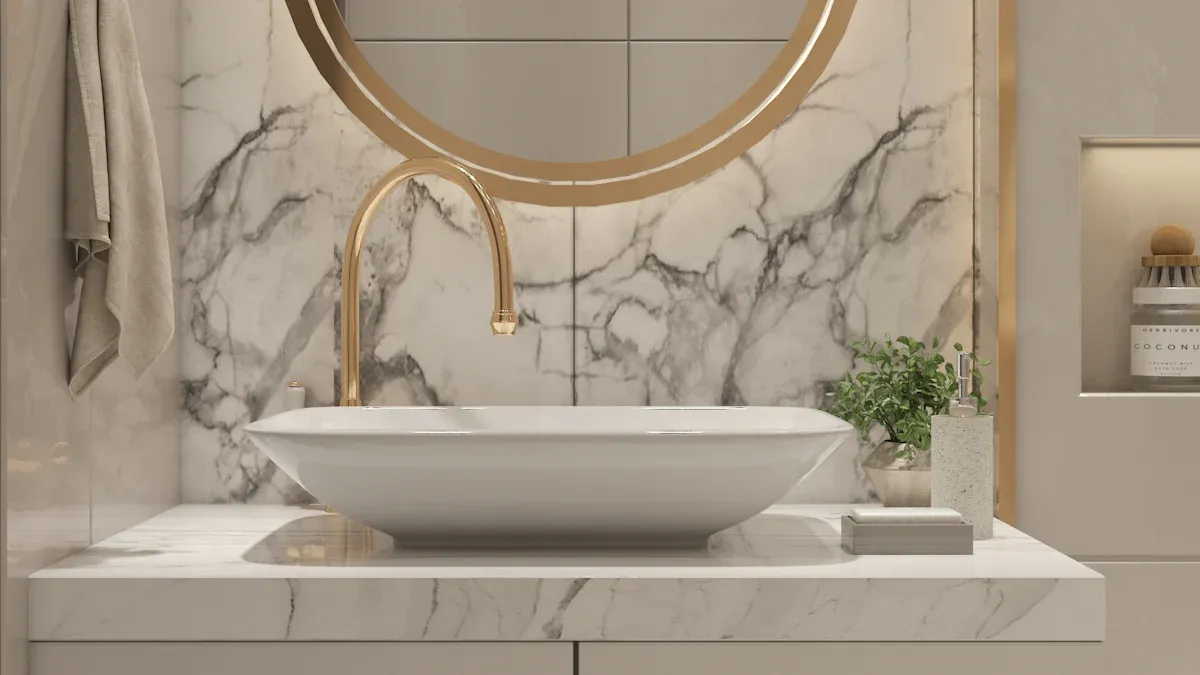
Automatic Flushing
Have you ever forgotten to flush or touched a germy handle in a public restroom? With automatic flushing, those worries disappear. This feature uses motion sensors to detect when you’ve finished and flushes the toilet for you. It’s not just about convenience—it’s also a game-changer for hygiene. By eliminating the need to touch the toilet, you reduce the spread of germs and bacteria.
Automatic flushing also helps conserve water. Smart toilets use intelligent systems that adjust the amount of water based on the waste. For instance:
They use less than 1 gallon of water per flush, compared to traditional toilets that can use up to 6 gallons.
Dual-flush options let you choose between a full or half-flush, saving water without compromising performance.
This combination of efficiency and cleanliness makes automatic flushing one of the most practical features of a smart toilet.
Built-In Bidet Functions
If you’ve never used a bidet before, you’re in for a treat. Built-in bidet functions take personal hygiene to the next level. Instead of relying on toilet paper, which can be rough on your skin, a bidet uses a gentle stream of water to clean you. It’s more effective, eco-friendly, and comfortable.
Here’s why bidets are a must-have:
They reduce the risk of infections, especially for women during menstruation or postpartum recovery.
They’re perfect for people with sensitive skin or mobility challenges, offering a soothing and accessible cleaning option.
By thoroughly cleaning the genital area, they help lower the chances of urinary tract infections (UTIs).
Switching to a smart toilet with a built-in bidet isn’t just about luxury—it’s about improving your health and well-being.
Heated Seats
Let’s face it: no one enjoys sitting on a cold toilet seat, especially during winter. Heated seats in smart toilets solve this problem by providing consistent warmth. You can even adjust the temperature to your liking, making every bathroom visit cozy and comfortable.
But heated seats aren’t just about comfort. They also contribute to energy efficiency. By eliminating the need for additional heating sources in your bathroom, they help reduce energy consumption. Plus, they pair perfectly with other features like adjustable water temperature and pressure settings, creating a spa-like experience right in your home.
Imagine starting your day with a warm, welcoming seat and a refreshing bidet cleanse. That’s the kind of comfort a smart toilet can bring to your life.
Self-Cleaning Technology
Cleaning a toilet is no one’s favorite chore. That’s where self-cleaning technology steps in to save the day. Smart toilets are designed to clean themselves, making your life easier and your bathroom more hygienic.
Here’s how it works:
UV Light Sanitization: Some smart toilets use ultraviolet (UV) light to kill bacteria and germs. This ensures the bowl stays clean and reduces the need for harsh cleaning chemicals.
Electrolyzed Water: This feature transforms regular water into a cleaning agent. It’s safe, eco-friendly, and effective at breaking down waste and stains.
Automatic Bowl Rinsing: After every use, the toilet rinses itself with water to prevent residue buildup.
These features not only keep your toilet spotless but also improve hygiene for everyone in your home. You’ll spend less time scrubbing and more time enjoying a clean, fresh bathroom.
Tip: Pairing self-cleaning technology with a smart toilet means you’ll never have to worry about unpleasant odors or stubborn stains again.
Touchless Operation
Touchless operation is a game-changer for both convenience and cleanliness. With motion sensors and IoT-enabled devices, smart toilets let you avoid touching surfaces altogether.
Why does this matter? Touchless technology significantly improves sanitation. Here’s how:
Promotes a hands-free experience with features like automatic flushing and lid opening.
Enhances overall hygiene in shared or public restrooms.
You’ll love how this feature makes your bathroom visits more hygienic. Plus, it’s perfect for families with kids or anyone concerned about germs.
Touchless operation doesn’t just stop at hygiene. It also improves your experience. Imagine walking into your bathroom, and the toilet lid opens automatically. When you’re done, it flushes without you lifting a finger. It’s like having a personal assistant in your bathroom!
Smart Connectivity
Smart toilets take convenience to the next level with smart connectivity. They can connect to your home’s Wi-Fi or other smart devices, giving you more control and customization options.
Here’s what you can do with a connected smart toilet:
Control via Smartphone App: Adjust settings like water temperature, seat warmth, or bidet pressure right from your phone.
Voice Commands: Some models work with voice assistants like Alexa or Google Assistant. You can say, “Warm the seat,” and it’s done.
Health Monitoring: Advanced models can track health metrics like hydration levels or glucose readings. This data syncs with your health apps for easy monitoring.
Smart connectivity isn’t just about luxury. It’s about making your life easier and more efficient. Whether you’re adjusting settings remotely or getting health insights, a connected smart toilet adds value to your daily routine.
Note: If you’re building a smart home, a connected smart toilet fits right in. It’s the perfect blend of technology and practicality.
Benefits of Smart Toilets
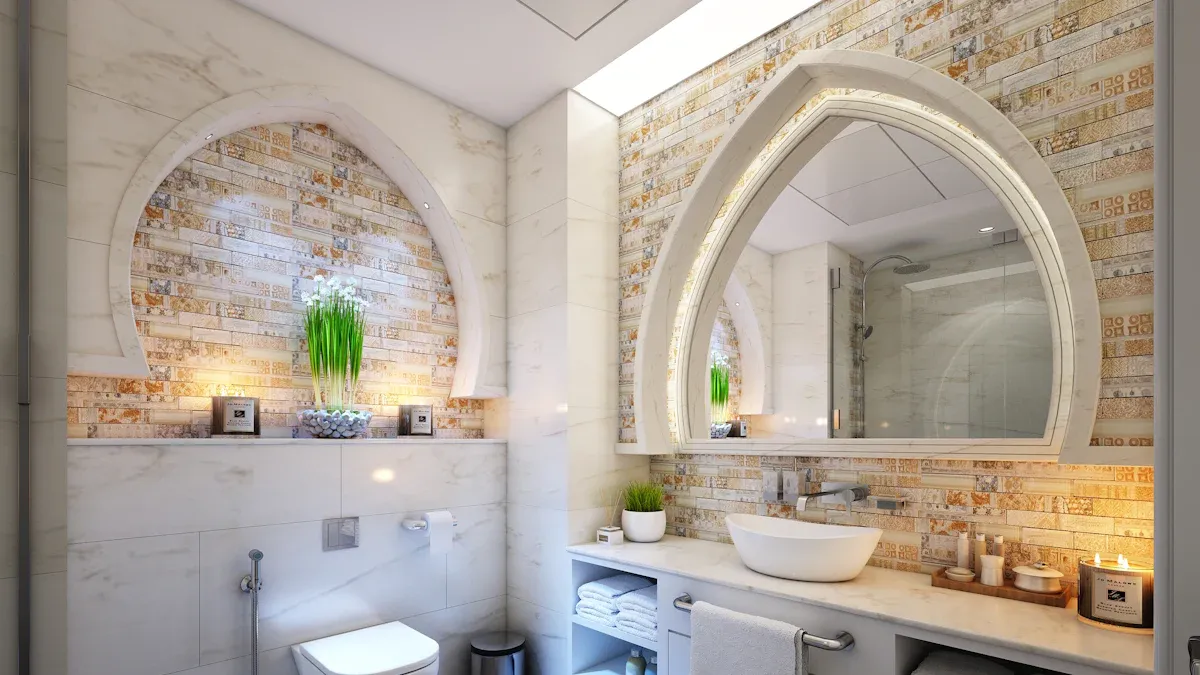
Improved Hygiene
When it comes to hygiene, smart toilets are in a league of their own. They’re designed to minimize contact and reduce the spread of germs, making your bathroom a cleaner and safer space. Features like touchless flushing and built-in bidets ensure you don’t have to touch surfaces that might harbor bacteria.
The built-in bidet function is a standout feature for hygiene. Instead of relying on toilet paper, which can leave residue and irritate sensitive skin, a bidet uses water to clean you thoroughly. This not only feels refreshing but also reduces the risk of infections like UTIs.
Self-cleaning technology takes hygiene to the next level. With UV light sanitization and electrolyzed water, smart toilets clean themselves after every use. You’ll never have to worry about scrubbing the bowl or dealing with unpleasant odors.
Did you know? Studies show that touchless technology in bathrooms can reduce the spread of germs by up to 80%. That’s a huge win for your health and peace of mind!
Water Efficiency
Smart toilets are champions of water conservation. They use advanced flushing systems that minimize water waste without compromising performance. Traditional toilets can use up to 7 gallons of water per flush, but smart toilets use as little as 1.6 gallons.
Here’s a quick comparison:
Toilet Type |
Water Usage per Flush |
Long-term Savings Potential |
|---|---|---|
Smart Toilet |
1.6 gallons |
High |
Conventional Toilet |
5 to 7 gallons |
Low |
By switching to a smart toilet, you’re not just saving water—you’re also saving money on your utility bills. Imagine the impact this could have when you consider that Americans flush about 2 to 3 billion gallons of water daily.
This chart shows that many homeowners, especially younger generations, are prioritizing energy-saving upgrades like smart toilets. It’s clear that water efficiency is becoming a top priority for modern households.
Enhanced Accessibility
Smart toilets aren’t just about luxury—they’re also about inclusivity. They’re designed to make bathroom use easier for everyone, including people with mobility challenges, the elderly, and those recovering from surgery.
Features like automatic lid opening, touchless flushing, and adjustable bidet settings ensure that anyone can use the toilet with minimal effort. Heated seats and customizable settings add an extra layer of comfort, making every visit to the bathroom a pleasant experience.
For individuals with disabilities, smart toilets can be life-changing. The hands-free operation reduces the need for assistance, promoting independence and dignity. Plus, the ability to adjust settings via a smartphone app or voice commands makes these toilets incredibly user-friendly.
Tip: If you’re caring for an elderly family member or someone with limited mobility, a smart toilet can make their daily routine much easier and more comfortable.
Comfort and Luxury
Imagine stepping into your bathroom and feeling like you’ve entered a spa. That’s the kind of comfort and luxury a smart toilet brings to your daily routine. These high-tech fixtures are designed to make every visit to the bathroom a relaxing and enjoyable experience.
One of the standout features is the heated seat. No more bracing yourself for a cold seat on chilly mornings. You can adjust the temperature to your liking, ensuring a cozy experience every time. Pair that with a built-in bidet offering customizable water pressure and temperature, and you’ve got a level of comfort that traditional toilets simply can’t match.
But it doesn’t stop there. Many smart toilets also include ambient lighting and even built-in speakers. Imagine listening to your favorite playlist or podcast while enjoying a soothing bidet cleanse. It’s not just a bathroom visit—it’s a moment of relaxation.
Consumer trends show that people are increasingly drawn to experiential luxury. Smart toilets cater to this demand by transforming bathrooms into spaces of comfort and wellness. Features like self-cleaning technology and automatic flushing add convenience while maintaining hygiene. This combination of luxury and practicality is why smart toilets are becoming a must-have for modern homes.
Fun Fact: The luxury toilet market is growing rapidly as more people prioritize comfort, health, and sustainability in their homes.
Modern Design Appeal
Smart toilets don’t just feel good—they look good too. Their sleek, minimalist designs fit perfectly into modern bathrooms, making them a favorite among interior designers. Whether you’re renovating or building a new home, a smart toilet can elevate the aesthetic of your space.
Here’s a quick look at how smart toilets align with modern design trends:
Evidence Description |
Key Insights |
|---|---|
Modern bathroom designs |
Over 70% of new urban housing developments in Asia-Pacific integrate compact and space-efficient fixtures. |
Smart automation features |
Over 60% of new product launches feature sensor-activated or voice-controlled functionalities. |
Eco-friendly trends |
58% of manufacturers are introducing eco-friendly materials in their product lines. |
These toilets are designed with both form and function in mind. Compact and space-efficient, they’re perfect for urban homes where every square foot counts. The integration of sensor-activated and voice-controlled features adds a futuristic touch, making your bathroom feel like something out of a sci-fi movie.
Eco-conscious homeowners will also appreciate the use of sustainable materials in many smart toilet models. Not only do they look great, but they also align with the growing demand for environmentally friendly products.
By combining cutting-edge technology with innovative design, smart toilets set a new standard for modern bathrooms. They’re not just fixtures—they’re statement pieces that reflect your commitment to style, comfort, and sustainability.
Addressing Concerns About Smart Toilets
Cost Considerations
Smart toilets can feel like a big investment upfront. Their price tag is often higher than traditional toilets, and installation costs might add to the expense. However, when you look at the bigger picture, the benefits often outweigh the initial cost.
Benefit Analysis |
|
|---|---|
Higher Initial Purchase Price |
Water Bill Savings |
Possible Additional Installation Costs |
Hygiene and Comfort |
Environmental Impact |
|
Increased Property Value |
Think of it this way: while you’re spending more initially, you’re saving money in the long run. Smart toilets use less water per flush, which lowers your utility bills. Plus, their advanced features, like self-cleaning and bidet functions, reduce the need for cleaning supplies and toilet paper.
There’s also the added value to your home. A smart toilet can boost your property’s appeal, especially if you’re planning to sell. Buyers love modern upgrades that combine style and sustainability. So, while the upfront cost might seem steep, the long-term savings and added comfort make it a worthwhile investment.
Maintenance Requirements
You might wonder if smart toilets require more upkeep than regular ones. The truth is, they’re designed to make your life easier, not harder. Features like self-cleaning technology and UV sanitization reduce the need for frequent scrubbing.
Still, occasional maintenance is necessary. You’ll need to check the sensors and electronic components to ensure everything works smoothly. If something goes wrong, repairs might cost more than fixing a traditional toilet. However, these issues are rare, especially with high-quality models.
Experts highlight the importance of regular diagnostics, which some smart toilets offer. These can monitor your health through waste analysis, providing early warnings for potential issues. For example:
They can detect signs of digestive troubles, which affect 40% of Americans daily.
They offer insights into chronic illnesses and lifestyle habits, helping you optimize your health.
By keeping your smart toilet in good shape, you’re not just maintaining a fixture—you’re investing in your well-being.
Installation Challenges
Installing a smart toilet isn’t as simple as replacing a standard one. You might need professional help, especially if your bathroom lacks the necessary plumbing or electrical connections.
Here’s what to consider:
Electrical Setup: Many smart toilets require a power source for features like heated seats and bidets. If your bathroom doesn’t have an outlet nearby, you’ll need to install one.
Plumbing Adjustments: Some models need specific water pressure levels or additional pipes for bidet functions.
While these challenges might seem daunting, they’re manageable with the right planning. Professional installers can handle the technical aspects, ensuring your smart toilet works perfectly.
Once installed, the convenience and comfort make the effort worthwhile. You’ll enjoy features like touchless operation and self-cleaning, transforming your bathroom into a modern oasis.
Tip: If you’re renovating your bathroom, consider upgrading the plumbing and electrical systems to accommodate smart fixtures. It’s a small step that can make a big difference in the long run.
Smart toilets combine cutting-edge technology with everyday practicality, making them a standout choice for modern bathrooms. Their features, like automatic flushing and heated seats, redefine comfort and hygiene. The market for these innovative fixtures is booming, with projections showing growth from $10.8 billion in 2025 to $39 billion by 2035:
Year Range |
Market Size (USD) |
Key Trends and Features |
|---|---|---|
2025 |
10,801.5 million |
Initial growth in smart bathroom products, including smart toilets, driven by hygiene and wellness trends. |
2035 |
39,002.1 million |
Significant growth expected with advanced features like AI integration and health monitoring in smart toilets. |
Future advancements, like health-monitoring capabilities, could make smart toilets even more valuable. Projects like the 'Quantified Toilets' initiative explore how these devices might track health metrics, offering insights into your well-being. This blend of innovation and functionality ensures that investing in a smart toilet is not just about luxury—it’s about enhancing your lifestyle.
Tip: With their eco-friendly designs and water-saving features, smart toilets are a sustainable choice for the future.
FAQ
What makes smart toilets different from regular toilets?
Smart toilets include advanced features like automatic flushing, heated seats, and built-in bidets. They focus on hygiene, comfort, and efficiency, unlike regular toilets that only handle basic waste disposal.
Tip: Smart toilets also save water and reduce the need for toilet paper, making them eco-friendly.
Are smart toilets hard to maintain?
Not at all! Most smart toilets have self-cleaning technology, UV sanitization, and diagnostics to keep them running smoothly. You’ll only need occasional checks for sensors and electronics.
Note: High-quality models rarely need repairs, so maintenance is minimal.
Do smart toilets use a lot of electricity?
Smart toilets are energy-efficient. Features like heated seats and bidets use minimal power, and many models include energy-saving modes.
Feature |
Energy Usage |
Efficiency Level |
|---|---|---|
Heated Seats |
Low |
High |
Bidet Functions |
Moderate |
High |
Can smart toilets be installed in any bathroom?
Yes, but some adjustments might be needed. You may need an electrical outlet nearby and proper plumbing for bidet functions. Professional installation ensures everything works perfectly.
Tip: If you’re renovating, plan for smart fixtures to avoid extra costs later.
Are smart toilets worth the investment?
Absolutely! They improve hygiene, save water, and add luxury to your bathroom. Plus, they increase property value and reduce long-term costs like toilet paper and cleaning supplies.
Fun Fact: Smart toilets can save up to 70% more water than traditional models!








